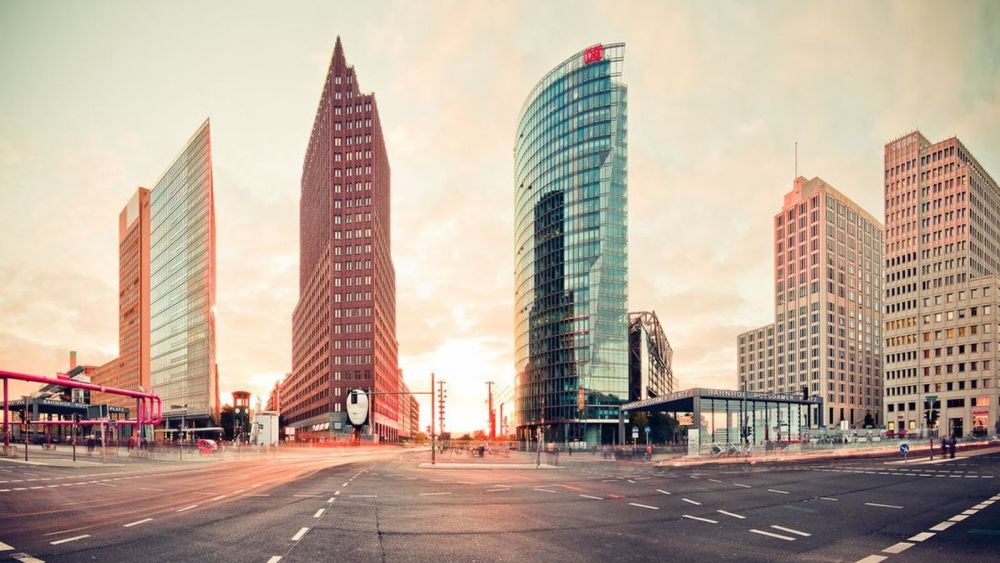

Once a bustling plaza, Potsdamer Platz has been a significant site for commerce, tourism, and transportation since the 18th century. In its early days, it was a trading post where city roads converged, facilitating the movement of people and goods. With the advent of the railways in the 19th century, the Platz evolved into an epicenter of urban activity.
The roaring 1920s marked the golden era of Potsdamer Platz, transforming it into one of the most iconic locations in Berlin. It became renowned for its vibrant nightlife and was famed for its cafes, theaters, and the first traffic lights in Europe. This era solidified the Platz's status as a must-visit destination for both tourists and locals alike.
The subsequent years, however, were marred by significant upheavals. Potsdamer Platz suffered severe damage during World War II and was left in ruins. The Cold War further impacted the area, with the Berlin Wall cutting through it, leaving it desolate and dividing East from West Berlin.
Following the fall of the Berlin Wall in 1989, Potsdamer Platz underwent one of the most comprehensive urban renewals in modern history. With contributions from world-renowned architects like Renzo Piano and Helmut Jahn, the plaza was restored as a symbol of the new Berlin. This process culminated in the late 1990s with the establishment of new complexes, entertainment centers, and commercial zones, reigniting its status as a commercial and tourism hub.
Today, Potsdamer Platz is celebrated for its ultramodern architecture, including the Sony Center, the DaimlerChrysler complex, and the Beisheim Center. Visitors flock to the area to experience its numerous shops, restaurants, cinemas, and the illustrious Theater am Potsdamer Platz, which hosts the Berlinale film festival annually.
Adding to its appeal, Potsdamer Platz is surrounded by cultural institutions such as the Berlin Philharmonic, the New National Gallery, and the Topography of Terror museum. These institutions offer tourists a deeper understanding of Berlin's complex history and contribute to a rich cultural experience.
In line with global trends, Potsdamer Platz has embraced sustainability. The area now boasts eco-friendly buildings and is often a showcase for urban development discussions, reflecting Berlin's commitment to a green and sustainable future.
The plaza regularly hosts public events, including Christmas markets, open-air concerts, and food festivals, which continue to draw visitors from around the world. These events highlight Berlin's diverse cultural scene and Potsdamer Platz's role as an urban gathering space.
From its early days to its modern reincarnation, Potsdamer Platz remains at the heart of Berlin's tourism scene. Balancing historical reverence with forward-thinking innovation, it provides a unique window into the past, present, and future of this dynamic city.